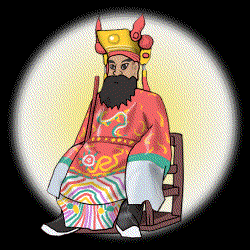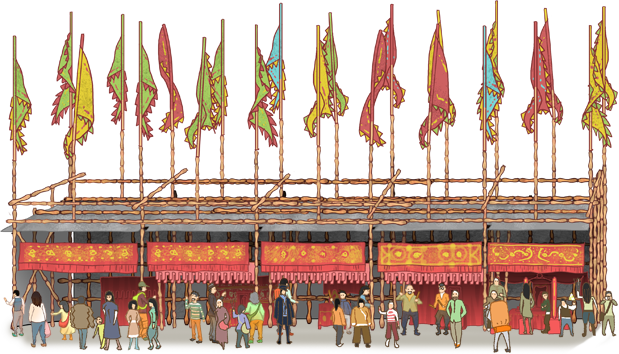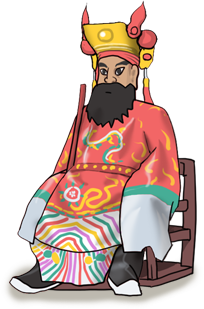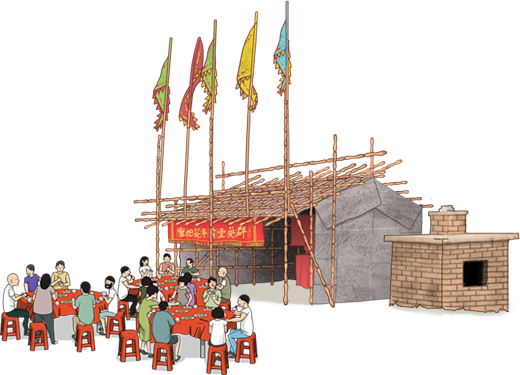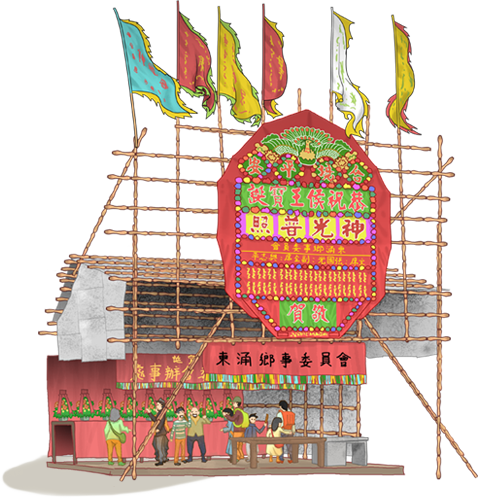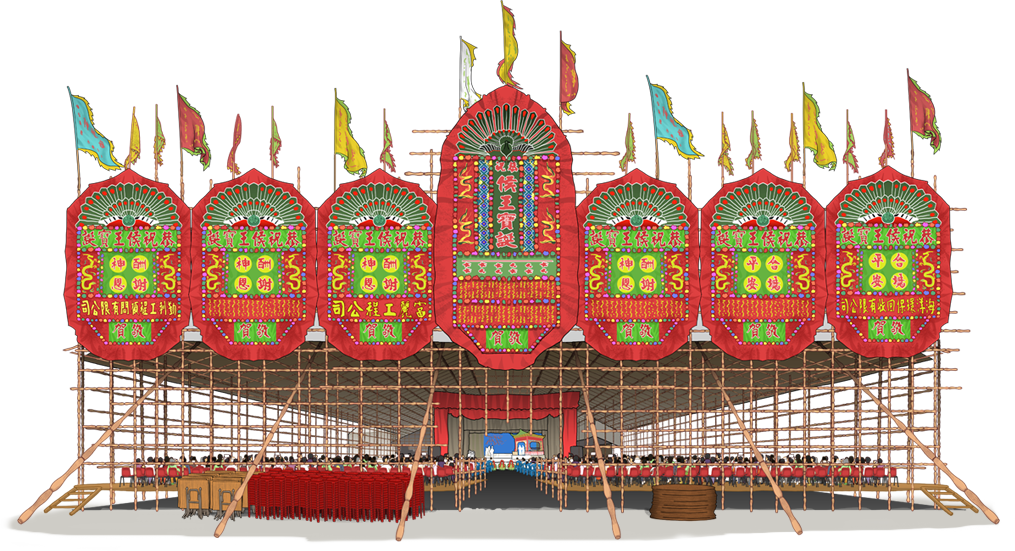Different Birthdays
In Hong Kong, there are three birthdays for Hau Wong, namely, 6th day, 16th day of the 6th Lunar month, and the 18th day of the 8th Lunar month. The celebrations for Hau Wong’s Birthday in Tung Chung are of the largest scale for Hau Wong’s Birthday. According to the local elders, the birthday was on the 6th of the 6th Lunar month in the early years, however, farmers were normally busy with planting rice during that period, so the festival was rescheduled and became a five-day celebration after the Mid-Autumn Festival. During the festival, live Chinese operas and dramas for deities were performed free of charge for the residents in the neighborhood. Dinner gatherings and auctions for holy relics were also arranged. This heated festival had become an important celebration which connected residents from both the sea and inland in Tung Chung.




